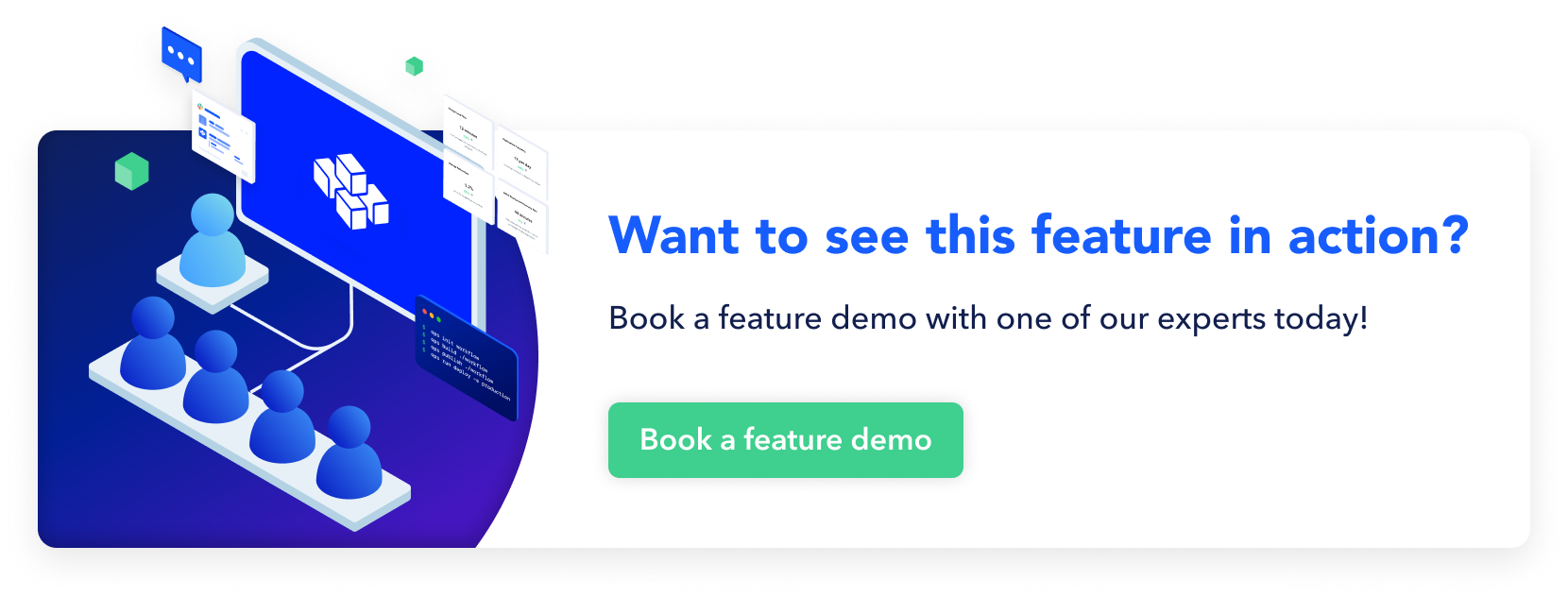When you integrate your development lifecycle with the CTO.ai platform—using a third-party integration or our Workflows tooling—our Insights Dashboard can provide you with DORA Metrics derived from your team’s development activity.
To make it easier to understand each of these metrics and how they can be applied to your development process, we've enhanced how we communicate those metrics on the Insights Dashboard.
The goal of CTO.ai Insights is to provide actionable data that can be used to improve your team's development lifecycle. Of course, before you can take action based on your data, you need to understand how to interpret your Insights! This article looks at some of the ways we’ve improved your experience on our platform.
Clarified Interpretations
In the Overview section of your Insights Dashboard on the CTO.ai platform, you will now find an explanation for how each metric was calculated and how it can be interpreted in the context of your team’s development process.
For metrics that can vary significantly from team to team, such as Change Lead Time and Deployment Frequency, we provide an explanation of how the computed metrics should be interpreted.
When it comes to the metrics where 0 is a perfect score, like Change Failure Rate and Failed Deployment Recovery Time, you can now find an explanation of the data used to calculate the result and supplementary statistics to enhance your idea of your team’s performance over time.
Beyond the improved messaging on the Insights Dashboard, you can find additional information on interpreting these statistics in our documentation, which provides explanations of DORA Metrics concepts and usage of CTO.ai Insights.
Enhanced Visibility of No-Data Conditions
There are edge cases in DORA Metrics calculations that produce difficult-to-interpret (or mathematically indeterminate!) results. We’ve made enhancements to the Insights Dashboard to help eliminate these ambiguities.
Explaining Indeterminable Metrics
Across all provided DORA Metrics, we distinguish between indeterminable metrics and true zero values.
Why does this matter? Consider a development team that hasn’t had any deployments in a given time period: they lack the change events to successfully compute a Change Failure Rate, a metric for which 0% is a perfect score.
To avoid ambiguity in these situations now and in the future, we’ve enhanced how we communicate no-data conditions on the Insights Dashboard. If we aren’t able to display a metric because your team on the CTO.ai platform has received insufficient data for the calculation, that condition is clearly communicated on the Dashboard.
Improved Visibility of Potential Error Conditions
The edge cases that you’re most likely to encounter in the wild aren’t the only no-data conditions we’ve accounted for with these enhancements. To make it easier to detect when unintended misconfigurations or other changes have occurred, the Insights Overview will warn you when lifecycle events haven't been detected recently.
Now, if no events of a given type (either Change or Deployment) have been received by the CTO.ai platform in the last three months, you'll be prompted with a warning that explains the potential problem.
Conclusion
All of the enhancements described in this post are part of our effort to build a tool that enhances your development process with actionable insights. When CTO.ai Insights are only used in conjunction with our development tool integrations, they provide snapshots of your team’s performance over time. When our Insights features are used alongside the Commands, Pipelines, and Services workflow automation tools we provide, as well as the SlackOps tools that let you manage your infrastructure conversationally, you can build the exact Developer Experience that your team is wishing for.
Want to see this feature in action? Book a feature demo with one of our experts today!


Comments